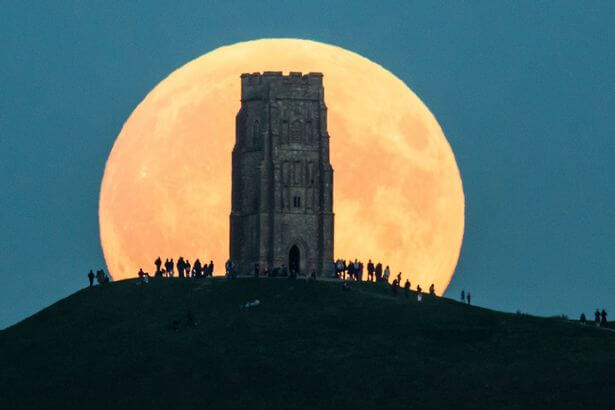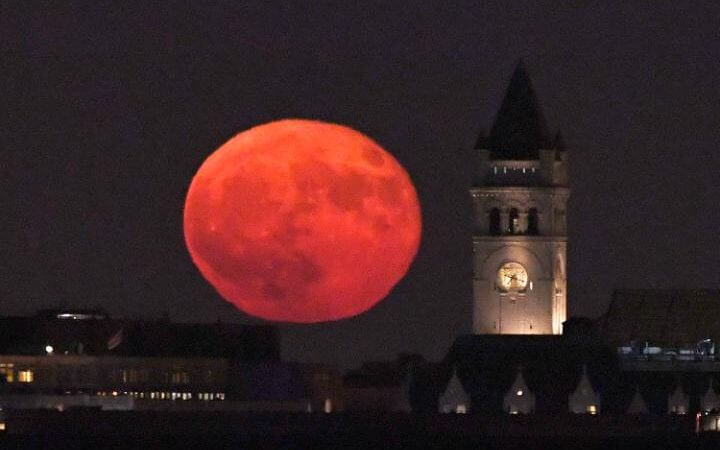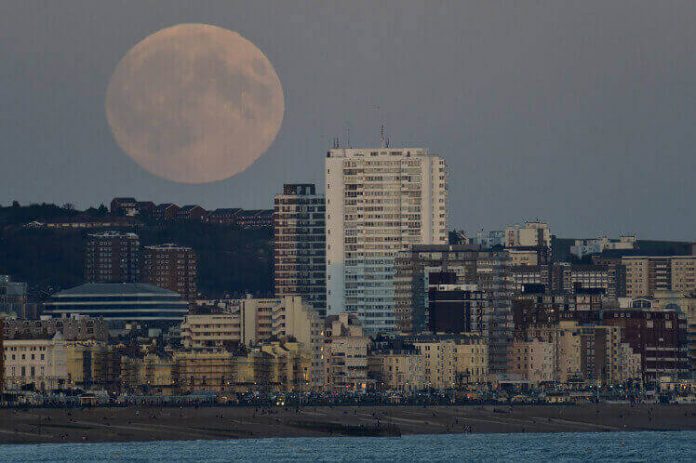Skywatchers all over the world are bracing themselves for the supermoon that was last seen in 1948. It will be the largest supermoon with experts projecting the moon to appear 15 times brighter and 7 times bigger than it normally does.
What’s a Supermoon?

Well, as the moon rotates around earth in an elliptical path, different proportions of the satellite are illuminated by the sun. Once in the 28-day orbit, it becomes fully illuminated: a phenomenon referred to as a full moon. Note that the distance between the earth and the moon is not always constant because of the elliptical orbit and the fact that earth also revolves around the sun. So the perigree (closest approach) and a full moon are rarely in sync. When the two get in sync then we have a supermoon. The last one occurred in 1948 and the next one should be occur in November, 2034.
Dr Daniel Brown, an astronomy expert at Nottingham Trent University, said: “Observing the supermoon will be very easy, as the moon will be visible throughout the entire night.
What’s the difference between a full moon and a supermoon?
There are subtle differences between a ”normal” full moon and supermoon. For a start, you cannot discern the difference just by gazing at the moon. In general, the supermoon shines about 30% brighter and 14% larger – only if it’s compared to a full moon that appears when the moon is furthest away.
How do you tell the difference keeping in mind that the moon rises so high in the sky during the winter months? What if the clouds obstruct the view? Check out with the local weather forecast if you have clear skies on this magical night. The best way to tell the difference would be by comparing photos of the supermoon and any full moon later on.

The Wow-factor
Don’t miss this rare event when the moon gets 356509 km close to you. Just so you know, the next one will be seen on the 25th of November, 2034. The best time to see Monday’s supermoon in the UK will be at about 4.45pm, although the moon was actually at its closest at 11.22am.
Although the sky will be cloudy, a MET official said that there are likely to be cloud breaks in Eastern Scotland, North East England and East Wales.
Read On For Expert Supermoon Photography Tips








